Who hasn’t woken up feeling a little puffy now and then? If you’re someone who hasn’t, you’re either sipping mountain stream water or living the Gwyneth Paltrow lifestyle. For the rest of us, puffiness is a fact of life. And now, if you’ve been scrolling TikTok lately, you’ve probably heard about the latest trend: “Cortisol Face.”
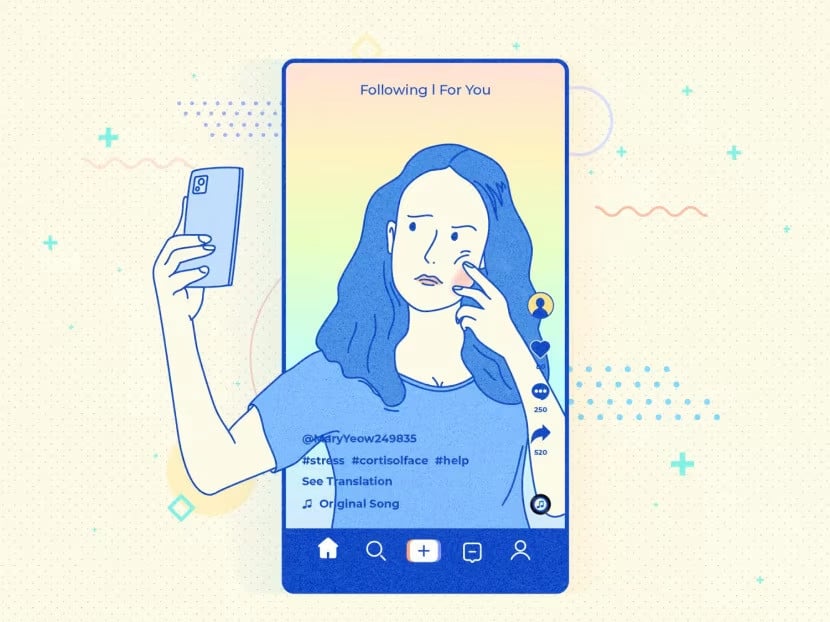
Image by Samuel Woo via TODAY online
But what exactly is cortisol face? Do you really need to worry about it, or is it just another viral buzzword? Let’s break it down.
What is Cortisol, and Is It Actually Bad?
Cortisol is a hormone your body naturally produces, helping you manage stress by triggering your "fight or flight" response. Created in the adrenal glands, cortisol also helps regulate your blood sugar, pressure, and even immune system functions. Typically, cortisol levels peak in the morning and gradually decrease throughout the day.
While stress itself isn't necessarily the leading cause of facial puffiness, there is a link. High cortisol levels can lead to a process called lipogenesis, where excess fatty acids are stored in areas like the face, neck, and midsection. Increased cortisol can also cause water retention, leading to subtle puffiness. However, noticeable swelling in the face usually has more significant causes that may relate to cortisol but are not directly caused by it.
What is "Cortisol Face" According to TikTok?
Videos circulating TikTok are labeling "cortisol face" as a symptom of elevated cortisol levels, often showing before-and-after clips where a puffy, round face becomes more angular after quick fixes like hydration packets or jade rolling. The term has spurred viral posts titled "Signs You Have Cortisol Face" and "How Stress Changes Your Appearance."
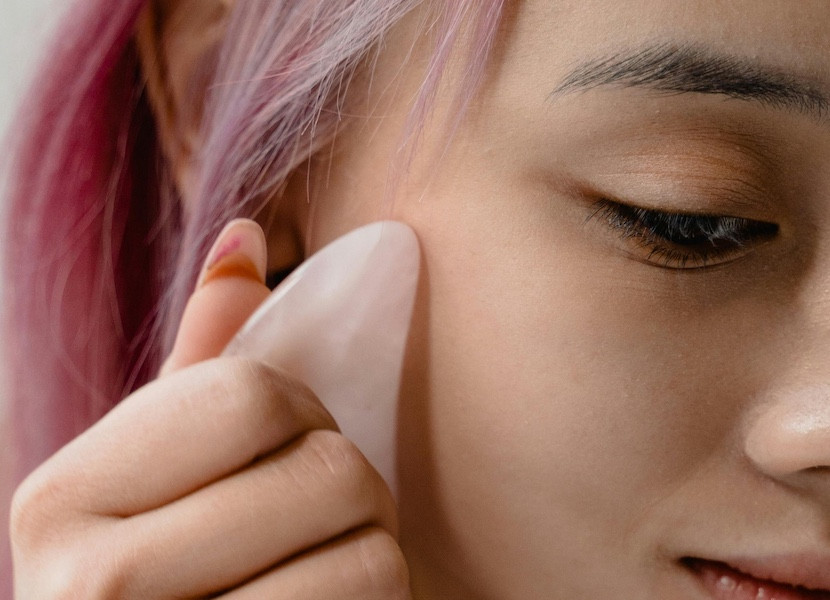
But let’s be real: It’s not that simple. Elevated cortisol levels can affect your body in many ways, from inflammation to water retention, but everyday stress is unlikely to cause extreme facial changes. As doctors have pointed out, “It’s important to approach such trends with caution and not jump to conclusions without understanding the underlying causes.”
What Exactly is Cortisol Face?
Cortisol face refers to physical changes in the face resulting from prolonged high levels of cortisol. This often includes fat deposits that make the face appear rounder, also known as "moon face."
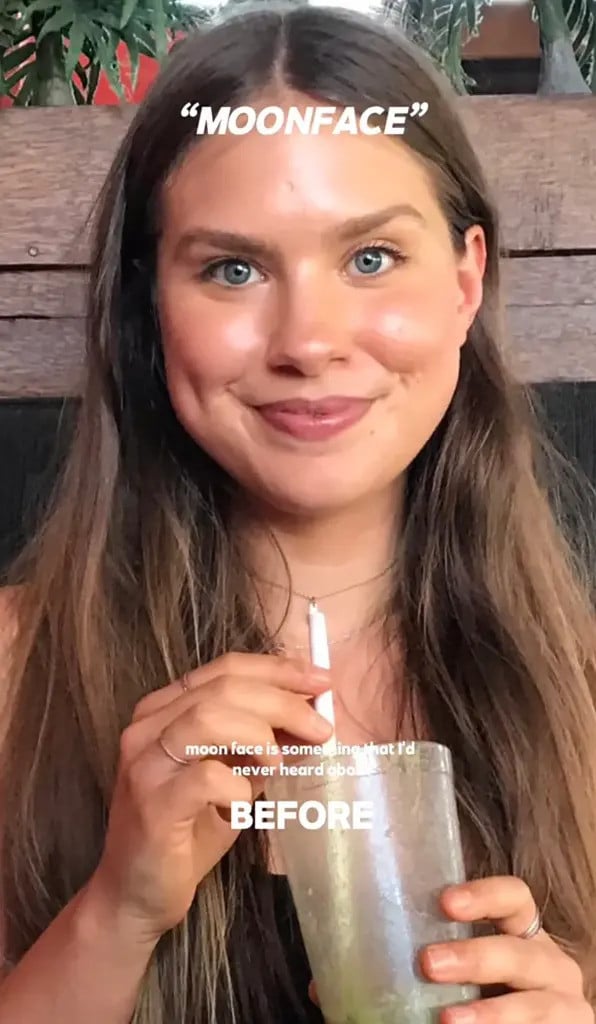
TikTok/ @stephflockhart
But it's crucial to understand that true cortisol face results from chronic, sustained stress levels, not just daily fluctuations. Excess cortisol can also trigger other skin issues like acne, inflammation, and even collagen breakdown.
On the flip side, too little cortisol can leave your skin dull, dry, and lacking elasticity. But it’s not just about your skin: Cortisol can affect your sleep, energy, anxiety levels, and cognitive function too.
So, is Cortisol Face Even Real?
Here’s the thing: Bodies are complex, and while stress hormones can affect our faces, it’s unlikely that your slightly rounder face is purely the result of cortisol. There are many other culprits, including allergies, salty food, lack of sleep, or just the natural shape of your face.
TikTok’s portrayal of cortisol face as an easily fixed issue is misleading. As one expert said, “Cortisol face isn't a medical diagnosis and probably isn't something for you to worry about.”
In rare cases of severe endocrine disorders, prolonged high cortisol levels can lead to Cushing Syndrome, a much more serious condition than cortisol face since it is an actual hormonal disorder.
Do You Have a Cortisol Imbalance?
Chances are, you’re probably fine. Stressing over TikTok trends like cortisol face can ironically add to your stress levels and create a vicious cycle. Your body is usually quite good at managing cortisol spikes and bringing levels back down.
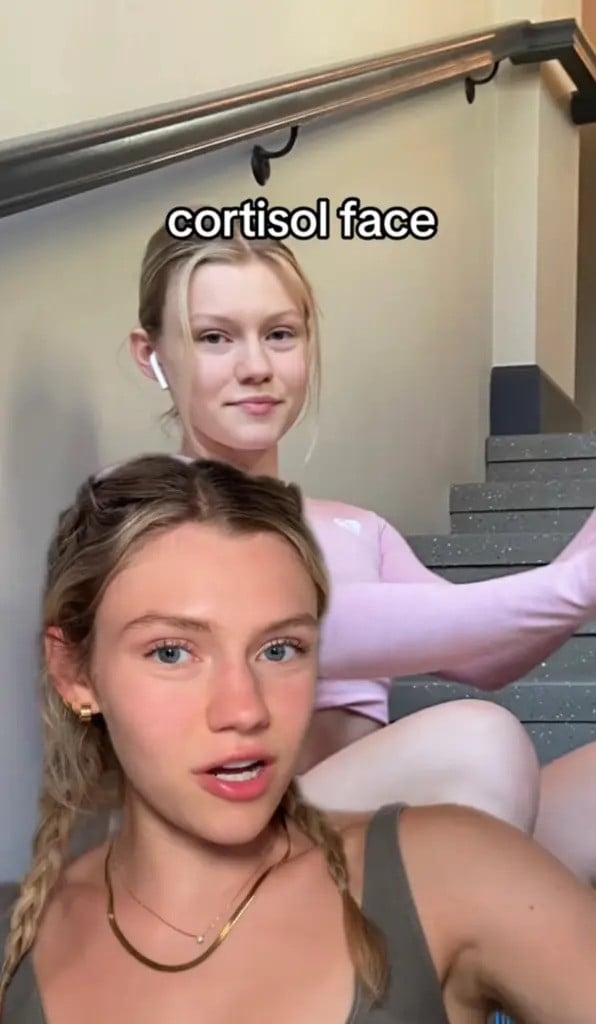
TikTok/ @itsbrookeelle
However, if you’re genuinely concerned, it’s always a good idea to consult with a healthcare professional who can help determine whether you have a cortisol imbalance. Blood, saliva, and urine tests can measure your cortisol, but because levels fluctuate throughout the day, diagnosing a true imbalance can be tricky.
How to Deal with "Cortisol Face" and Other Puffiness
If you’re looking for a magic cure for facial puffiness, I can point you to some great skin icing tools or gua sha techniques. However, it’s important to realize that no topical treatment will directly fix high cortisol levels. The best way to handle puffiness is by managing your overall stress and incorporating a few self-care routines.
Products with anti-inflammatory ingredients like niacinamide or hyaluronic acid can help reduce puffiness and dryness. Still, the most effective way to tackle cortisol is by understanding your triggers and learning to manage stress more effectively.
We live in a world where stress responses are constantly triggered, even in situations that don’t require that level of alertness. Daily stress management—whether it’s through exercise, meditation, or simply indulging in a skincare routine—can go a long way in reducing cortisol spikes and promoting overall well-being.
The Final Takeaway
Ultimately, cortisol face is a catchy term circulating TikTok, but it’s not something most people need to worry about. While it's true that high cortisol can affect your appearance, the best remedy is still the age-old advice: take good care of yourself. Whether it’s through self-care, hydration, or managing stress, it’s important to listen to your body and not rely on trends for answers.
And remember, even if you don’t have "cortisol face," a little extra self-care never hurt anyone!






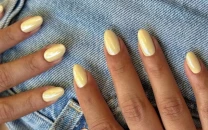


COMMENTS
Comments are moderated and generally will be posted if they are on-topic and not abusive.
For more information, please see our Comments FAQ